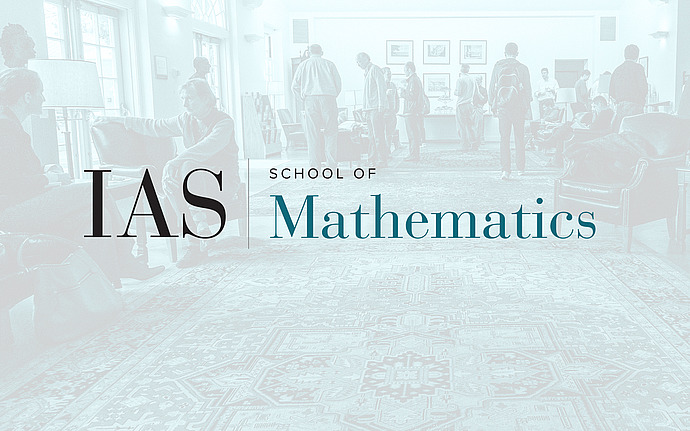
Geometry and Materials Seminar
How do Mechanical Interactions Generate Surface Tension in Tissues?
Many biological tissues behave like viscous fluids on long timescales and posses a macroscopic, measurable surface tension. This surface tension correlates strongly with tissue type and successfully explains cell sorting of embryonic tissues. Both the differential adhesion hypothesis (DAH), which postulates that surface tension is proportional to the expression levels of adhesion molecules, and the differential interfacial tension hypothesis (DITH), which suggests that surface tension is generated by differences in the contractility of individual cell interfaces, have been used to explain experimental data. We have developed a minimal model that considers cell adhesion and cortical tension, incorporating ideas from both the DAH and the DITH. This model can successfully explain the available experimental data and differs from previous analyses because it considers the feedback between mechanical energy and geometry and makes novel predictions about the shapes of cells on the surface of an aggregate, which we verify experimentally. Combining numerical simulations with analytic results, we predict how tissue surface tension varies as the ratio between adhesion and the cortical tension is altered. We find that surface tension increases with adhesion for a large range of parameters, but that there is a regime in which the cortical tension is important.